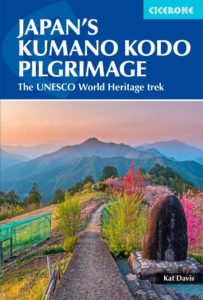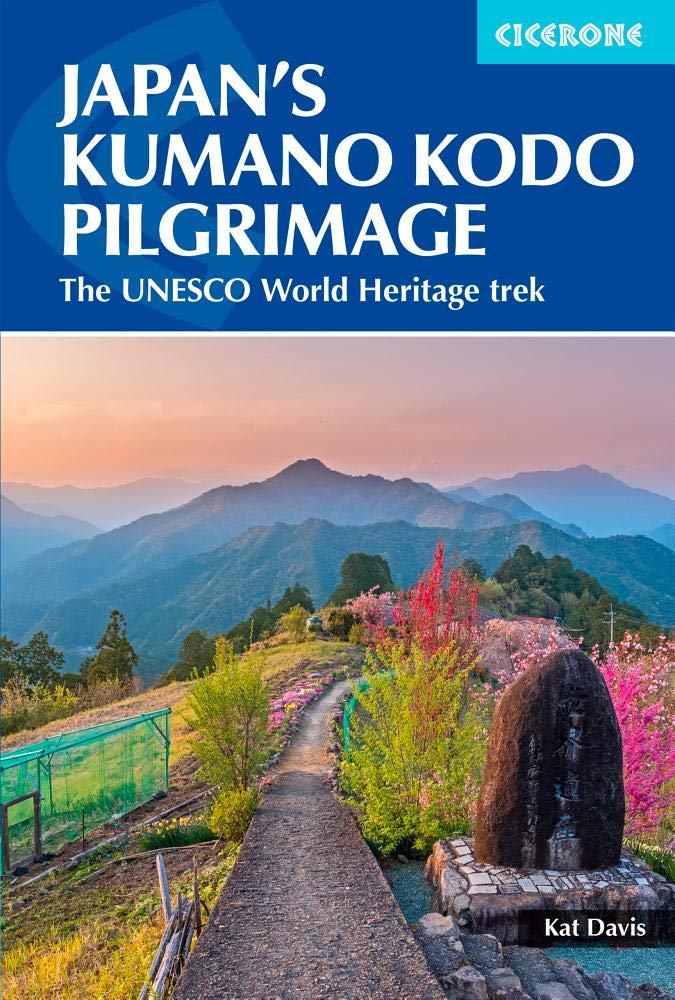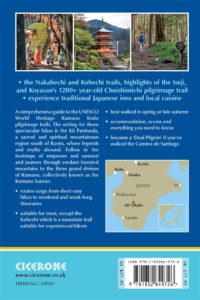

Support BOA by ordering Japan’s Kumano Kodo Pilgrimage through these links:
Amazon Japan
Apple Books Japan
Thanks for helping support Books on Asia!

This is the first guidebook to the Kumano Kodo. It’s great to finally have all the information in one place for easy reference. Although it is a guidebook, it’s light-weight! Also, if you’re planning on hiking the Kumano Kodo, don’t miss the article “Visiting Holy Places,” by Eve Kushner to find out some Japanese kanji you may want to know before heading out!
Print books available for pre-order via Amazon, to be released July 31, 2019. Available on Amazon Kindle in both US and Japan now.
Book Description:
Guidebook to Japan’s Kumano Kodo, a series of UNESCO-listed pilgrimage routes that crisscross the mountainous Kii peninsula, south of Osaka. Centred on three Shinto-Buddhist shrines known as the Kumano Sanzan, the ancient trails blend great hiking and exceptional natural beauty with a unique insight into Japan’s rich history, culture and spirituality. The guide covers the 64km Nakahechi and 63km Kohechi trails in full, as well as the Choishimichi route to Koyasan (20km), the Hongu loop (17km) and highlights of the Iseji trail. It can be used to plan and undertake an independent trek or to enrich an organised tour.
Clear route description and mapping is accompanied by comprehensive details of accommodation and facilities, as well as notes on local points of interest and inspirational colour photography. You’ll find a wealth of practical information to help with planning, covering transport, climate, accommodation, budgeting, equipment and safety, as well as fascinating background information on history, religion and wildlife. There is also a Japanese glossary and helpful advice on Japanese customs and etiquette.
The Kumano Kodo offers a different view of Japan: far removed from the modern cities, this is a world of forested slopes, hidden valleys, waterfalls, traditional villages, moss-covered stone deities and tranquil oji shrines. There are opportunities to experience hot-spring bathing and to sample local cuisine as you follow in the footsteps of emperors, samurai, priests and ascetics traversing traditional flagstone paths and forest trails.
To celebrate both the trails and those who travel them, the Kumano Kodo and Spain’s Camino de Santiago were twinned: if you complete both you can register as a ‘dual pilgrim’.
About the Author:
Kat Davis is also author of guidebook The Camino Portugues: From Lisbon and Porto to Santiago-Central, Coastal and Spiritual caminos, published by Cicerone.


